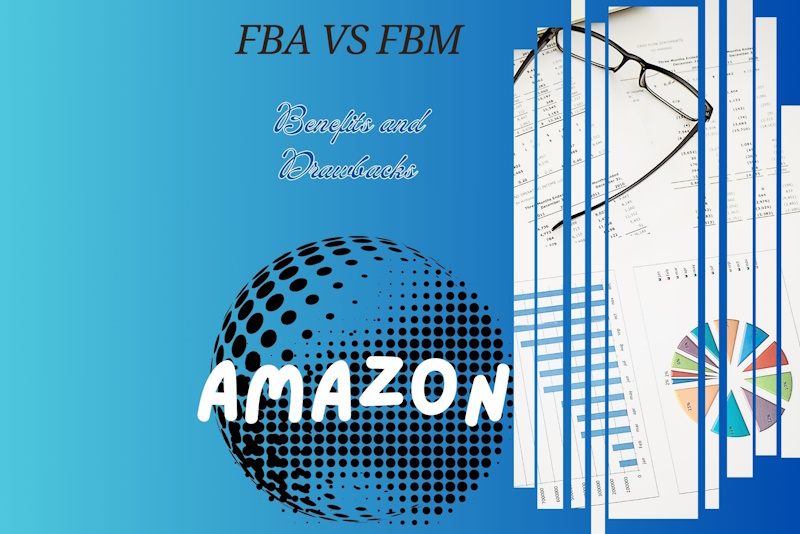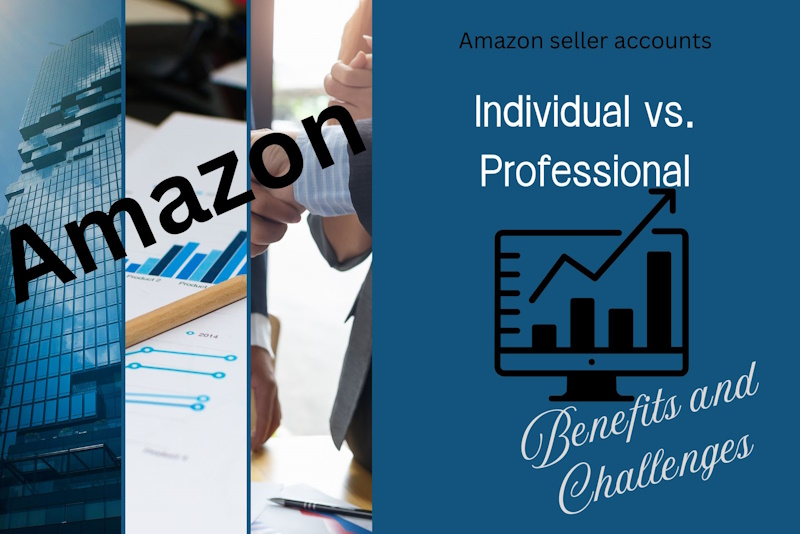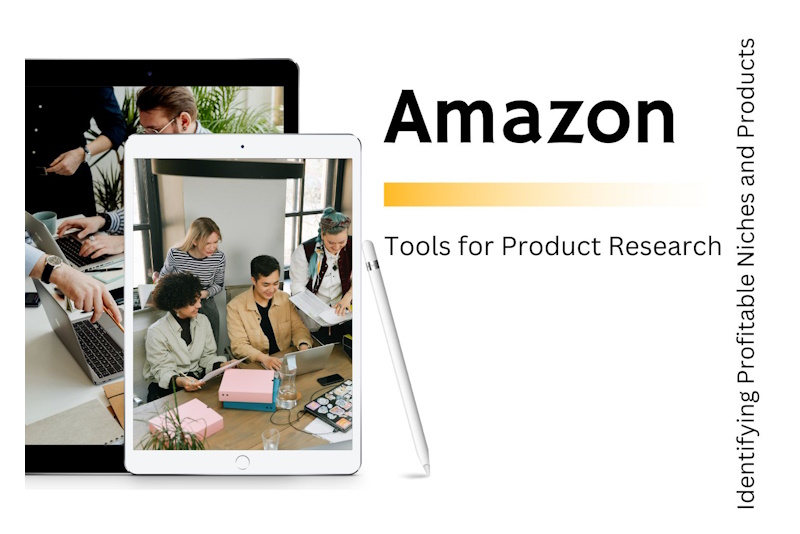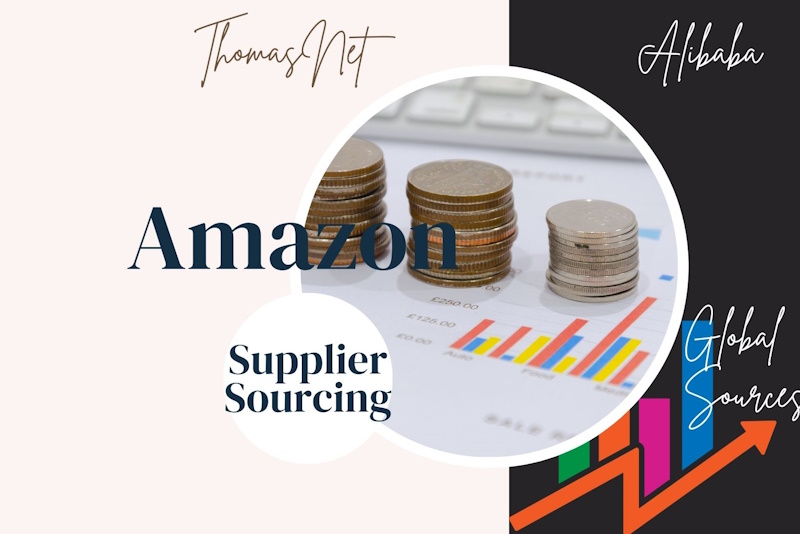FBA vs. FBM and How to Choose the Right One for Your Business
When selling on Amazon, one of the most important decisions you’ll make is how to handle order fulfillment. Amazon offers two primary options: Fulfillment by Amazon (FBA) and Fulfillment by Merchant (FBM). Each option comes with its own set of benefits and drawbacks, and understanding them will help you decide which one best fits your business needs.
In this blog post, we’ll explore the differences between FBA and FBM, the pros and cons of using FBA, how to manage FBA inventory and fees, and provide insights into Amazon’s warehouse and logistics operations.
Fulfillment by Amazon (FBA) vs. Fulfillment by Merchant (FBM)
Before choosing a fulfillment method, it’s essential to understand how FBA and FBM work and what each entails.
1. Fulfillment by Amazon (FBA)
- How it works: With FBA, you send your products directly to Amazon’s fulfillment centers. Amazon stores, packs, and ships the items to customers on your behalf, handling all customer service, returns, and refunds as well.
- Key Benefits:
- Prime Eligibility: FBA items are eligible for Amazon Prime, giving your products faster shipping and greater visibility.
- Logistics and Customer Service: Amazon manages all aspects of shipping and customer service, freeing up your time.
- Storage: You can store large quantities of inventory in Amazon’s fulfillment centers.
2. Fulfillment by Merchant (FBM)
- How it works: With FBM, you (the seller) are responsible for storing, packing, and shipping orders directly to customers. You handle all aspects of customer service and returns as well.
- Key Benefits:
- Greater Control: FBM gives you complete control over your inventory, shipping, and customer service.
- Lower Fees: Since you don’t pay Amazon’s fulfillment fees, FBM can be more cost-effective, especially for large or low-margin products.
Benefits and Drawbacks of FBA
While FBA offers many advantages, there are also some trade-offs to consider. Here’s a breakdown of the pros and cons of using FBA for your Amazon business.
Benefits of FBA
Prime Eligibility
- One of the biggest benefits of FBA is that your products are eligible for Amazon Prime. Prime members tend to prefer Prime-eligible products due to faster, free shipping, which can significantly boost your sales and visibility.
Hassle-Free Fulfillment
- Amazon takes care of storing, packing, and shipping your products. They also handle all customer service and returns, allowing you to focus on other aspects of your business like marketing and product development.
Faster Shipping
- Amazon’s extensive fulfillment network allows for faster shipping times, often offering same-day or next-day delivery for Prime members. This makes FBA ideal for sellers who want to compete in fast-moving markets.
Customer Trust
- By using FBA, customers often trust your listings more since Amazon is known for its reliable logistics and customer service. This trust can translate to higher conversion rates.
Drawbacks of FBA
- Fees
- FBA comes with various fees, including fulfillment fees, storage fees, and potential long-term storage fees. For products with low margins or slow-moving inventory, these fees can quickly eat into your profits.
- Inventory Management
- Since Amazon controls your inventory, it can be more challenging to track and manage stock levels. Additionally, you may incur additional fees if your inventory stays in Amazon’s warehouses for too long.
- Less Control
- While FBA is convenient, you give up control over shipping and customer service. If there’s an issue with shipping or customer complaints, Amazon will handle the resolution, which may not always align with your brand’s customer service standards.
Managing FBA Inventory and Fees
If you decide to use FBA, managing your inventory efficiently and keeping a close eye on fees is critical to maintaining profitability.
1. Inventory Management
- Monitor Stock Levels: Use Amazon’s Inventory Dashboard to keep track of your stock levels and avoid running out of stock or accumulating excess inventory. FBA’s Inventory Performance Index (IPI) measures how well you’re managing inventory, and keeping a high score ensures you’re not hit with extra storage fees.
- Replenishment: Set up automatic replenishment alerts in Seller Central to restock items before they run out.
- Seasonal Stocking: Be mindful of seasonal demand and plan your inventory levels accordingly. Overestimating demand can lead to excess inventory and long-term storage fees.
2. FBA Fees
- Fulfillment Fees: These fees are based on the size and weight of your product. Amazon charges different rates for standard-size and oversize items, so it’s important to account for these fees when pricing your products.
- Storage Fees: Amazon charges monthly storage fees based on the volume of your products stored in their fulfillment centers. From October to December, storage fees increase significantly, so plan your holiday inventory carefully.
- Long-Term Storage Fees: Products that remain in Amazon’s fulfillment centers for more than 365 days incur long-term storage fees. To avoid these costs, regularly audit your inventory and consider running promotions or discounts to move slow-moving items.
Understanding Amazon’s Warehouse and Logistics Operations
Amazon operates a vast network of fulfillment centers and logistics hubs that allow them to fulfill millions of orders every day. Here’s a closer look at how Amazon’s warehouse and logistics operations work, and how they impact your FBA business.
1. Amazon Fulfillment Centers
- Amazon’s fulfillment centers are massive warehouses where products are stored, picked, packed, and shipped to customers. As an FBA seller, your products will be stored in one or more of these centers across the country (or globe), depending on where demand is highest.
- Random Stow System: Amazon uses a random stow system, meaning that your products are stored in various locations throughout their warehouses. This system increases efficiency when picking and packing orders.
2. Shipping and Logistics
- Once a customer places an order, Amazon’s logistics network ensures fast and accurate delivery. The closest fulfillment center to the customer’s location will handle the order, and Amazon’s in-house delivery service (along with third-party carriers) ensures quick shipping.
- Amazon also has a Multi-Channel Fulfillment (MCF) option, which allows you to use their fulfillment services for orders placed on platforms outside of Amazon, like your own website or other e-commerce channels.
3. Amazon Returns and Customer Service
- FBA includes full management of returns and customer service, allowing you to avoid the headache of handling customer complaints and returns. Amazon’s efficient returns process is often a selling point for buyers, as they feel more confident purchasing from FBA sellers.
Choosing between FBA and FBM comes down to the needs of your business and the nature of your products. FBA offers hassle-free fulfillment, faster shipping, and access to Prime customers, but it comes with higher fees and less control over customer service. FBM, on the other hand, provides greater control and lower costs but requires more hands-on management of inventory and fulfillment.
If you decide to go with FBA, it’s important to manage your inventory carefully and keep track of fees to ensure your business remains profitable. By understanding Amazon’s warehouse and logistics operations, you can take full advantage of the FBA program and grow your Amazon business efficiently.




